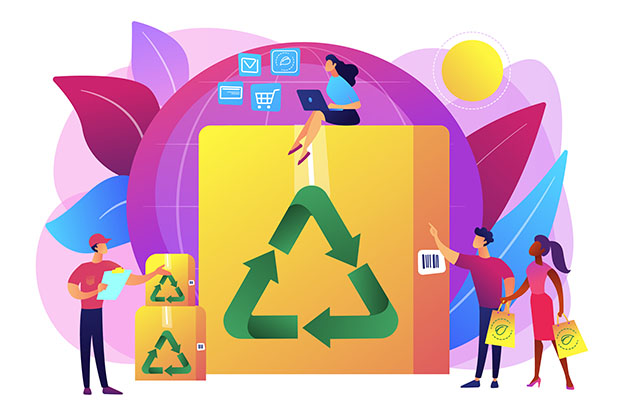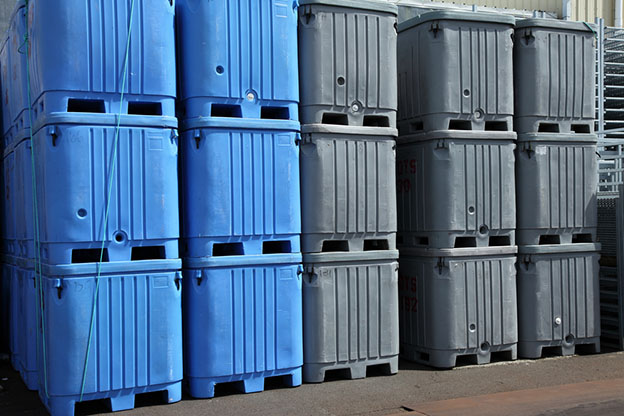
In case you haven’t heard, the reusable packaging industry is on the rise. It’s projected to grow from USD 37.9 billion in 2018 to USD 51.2 billion by 2023. That’s quite a jump in just five years.
So, why are so many businesses and consumers investing in reusable packaging? Reusable containers and packages can reduce shipping and labor costs, improve efficiency and help save the environment. Consumers are starting to prefer reusable or recyclable containers as well. Investing in reusable containers helps you make the right impression on your target audience.
If your business has been using one-time packages or containers, such as paper, plastic and other disposable items, it’s time to make the switch. Learn more about the benefits of utilizing reusable materials and how to optimize your supply chain for these new containers.
Defining Reusable Packaging
There tends to be some confusion when it comes to the term “reusable.” It’s not the same as recyclable products, such as cardboard and certain types of plastic. Instead, reusable means you can use the same container for the same purpose without fundamentally altering the original container in any way. However, you will have to inspect and clean your containers from time to time.
A “reusable container” is generally defined as, “A container or pallet that is reused at least three times to transport or contain the same products, parts or goods.” If an item is considered “recyclable,” it means it can be turned into something useful and it is not necessarily reusable for the same application.
The Benefits of Reusing Your Packages and Containers
There are so many benefits to reusing your existing containers instead of creating new ones from scratch every time you need to ship out an order.
Reusable containers help improve your bottom line in more ways than one. You won’t have to spend as much money on shipping materials, such as cardboard boxes, tape, packaging peanuts and other disposable items. While these materials cost less upfront, they will eat into your budget as you continue buying new materials over time. As long as you treat your reusable containers and packages with care, you can reuse the same containers for years to come.
When it comes to labor costs, used shipping materials require less care and attention than those that can only be used once. Your team will need to spend a few minutes inspecting and cleaning out the inside of the container between every use, especially if you plan on using your containers for different products and goods. However, your workers won’t have to spend as much time building and packing new containers from scratch.
Reusable containers also cut down on waste management. Your team won’t have to spend as much time breaking down your boxes, recycling or disposing of items. This increases overall efficiency as your workers quickly fill one container after another. You can also make the most of your storage space by stacking or folding these containers when they’re not in use.
Reusing your containers also benefits the environment, which will help you appeal to more businesses and consumers. Make reusability a part of your business plan to woo more clients and customers.
How to Optimize Your Supply Chain with Reusable Containers
If you’re ready to start utilizing used bulk containers, start researching your products and facility to find the right container for your products and services. Choose between plastic and nesting totes, IBC totes, metal containers, wire baskets and other reusable options.
Create a system for having your containers returned to the original facility. Drivers will need to unload products at their destination and bring the empty containers back home. Warehouse employees should be ready to accept used containers once they make their way back to the facility. They should then quickly clean and inspect the containers before putting them back in the supply chain.
Assign certain areas to different types of shipping containers so your workers can quickly find what they need. You can easily tuck your containers aside when they are not in use.
Make sure you keep your containers labeled. That way, they don’t get lost during transit, especially if you’re handing them off to a third-party carrier. Talk to your customers about your decision to switch to reusable containers so everyone gets on the same page.
Switching to reusable containers may be the best decision you can make for your business. You can save money and the environment at the same time.

